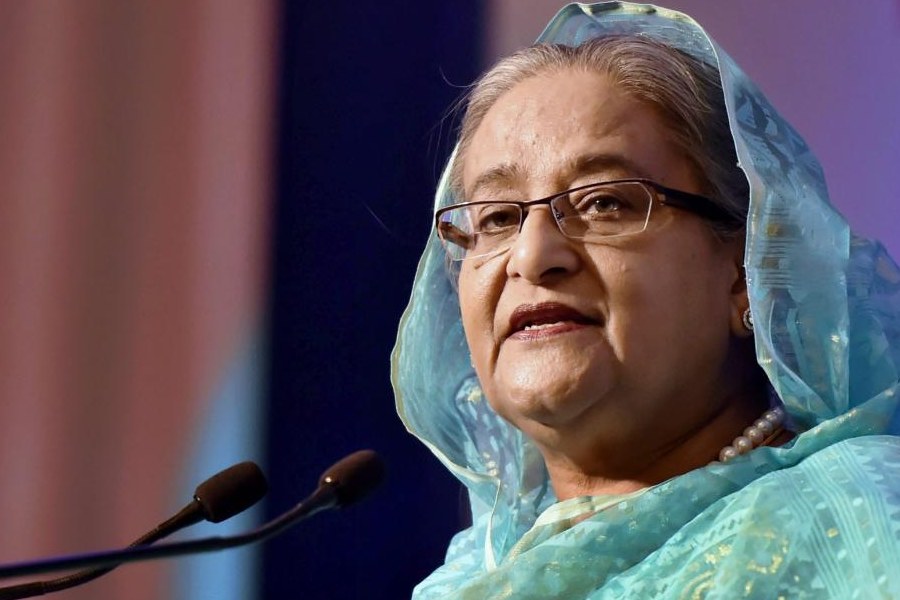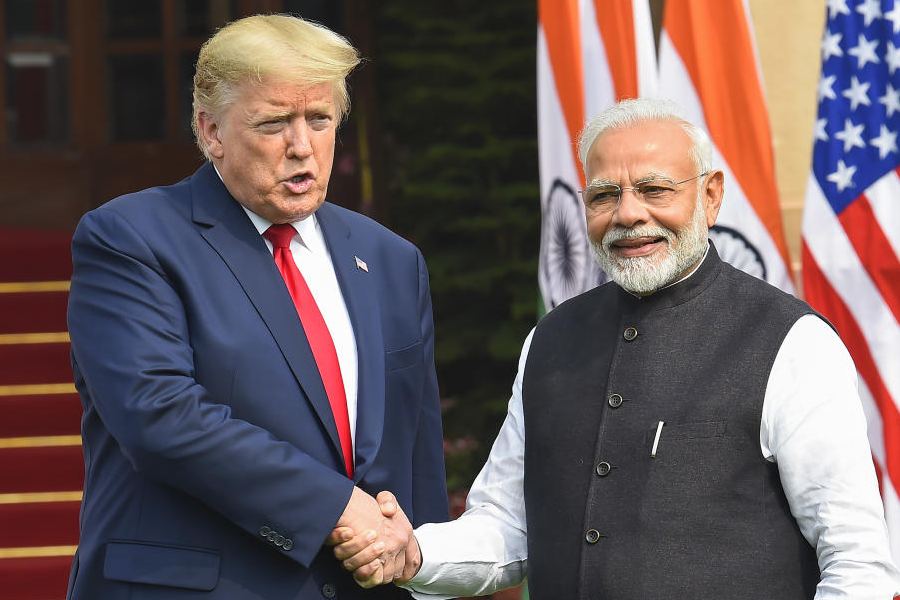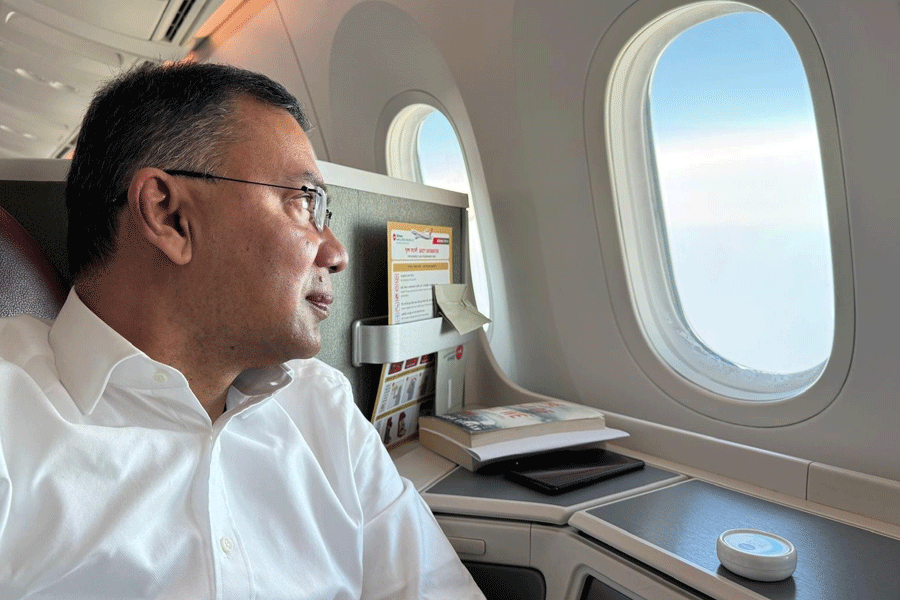 |
| PHONE IN |
| •Indira Gandhi National Open University is to offer content on mobile phones for cyber law and software engineering |
| •SNDT Women’s University has formed an alliance with Tata Teleservices for mobile education in rural communities. |
| •Karnataka’s Visvesaraya Technological University (VTU) is launching an e-learning platform via mobile phones.VTU has tied up with Nokia to deliver course content. |
It’s 11 am. Huddled in a corner of the Tollygunge Metro station, two young men fiddle with their trendy mobile phones. Says one, “Hey, I’ve cracked 85. What’s your score?” The other replies, “Wait, will catch up with you soon.” These are MBA aspirants Akash and Som, and they aren’t trying out a gaming application. They are solving a mock test paper.
Some 1,250 kilometres away, student Sudha is gearing up to receive study material in a new format in Port Blair. She’s just got an SMS alert from the Indira Gandhi National Open University (Ignou) assuring her of a delivery of educational content on climate management on her mobile. By the end of the year she can even do her exams through her handset, she’s been told.
Akash, Som and Sudha are cashing in on a revolution that is brewing — the mobile phone-based learning (M-learning) boom. Kicked off by the launch of third generation (3G) mobile technology — and the possible launch of the next generation WiMAX (a wireless technology) later this year — India’s mobile telephony tycoons are foraying into education. Education service providers, handset makers and telecom operators are betting big on this.
Today — and especially tomorrow — mobile phones will help students revise their syllabi, check their course material and try out test papers while on the move.
The mobile phone mock test for MBA is called MAD-GK — and has been conceived by the Mumbai-based information technology firm Delta Technologies. Delta launched its M-learning initiative last year. With content by education service provider Career Launcher and publisher Tata McGraw Hill, the software, MAD, is aimed at students preparing for competitive exams. “The file can be downloaded from the Internet to your PC and then transferred to the phone using a data cable,” says Delta co-founder Jinen Dedhia.
In the application, questions appear as if scribbled with chalk on a blackboard. One can choose the correct option from the choices using a pointer. “The idea is to use the mobile phone as a source of learning whenever students don’t have access to the regular courseware, say when they are travelling,” says Dedhia.
Ignou will soon begin transmitting text and audio-video content to students in remote areas. “We’ve been using TV and Internet for delivering content, but the reach of mobile network is even better,” says Ignou vice-chancellor V.N. Rajasekharan Pillai.
Project coordinator P.V. Suresh points out that Ignou has already launched its SMS alert service to update students. “Right now we are giving the finishing touches to the M-learning content for cyber law and software engineering modules, which will be delivered within a month,” he adds.
Other educational institutes are also looking at the mobile phone as a teaching aid. Mumbai’s SNDT Women’s University has formed an alliance with Tata Teleservices for mobile education in rural communities. Karnataka’s Visvesaraya Technological University (VTU) is launching an e-learning platform via mobile phones “to help students utilise their spare time,” says VTU registrar K.V.A. Balaji. “We’ve tied up with Nokia to deliver course content which can be downloaded to cellphones from the university’s web server.”
The technology arm of the National Council of Educational Research — the Central Institute of Educational Technology (CIET) — is creating a mobile phone portal for training school teachers. “It would help teachers keep abreast of some of the latest techniques, and pedagogical issues,” says Vasudha Kamat, CIET joint director. She adds, “We’ll send them text messages regularly to keep them updated.” CIET also plans to offer career guidance and exam tips to students at a later stage.
Clearly, there are several early movers in the field of M-learning in the country. “With new technologies such as 3G and WiMAX poised to enter the market, we’ll witness a revolution in education,” says technology consultant Ravi Visvesvaraya Prasad.
That’s not hyperbole, for the number of mobile users in the country far outnumbers computer users. Prasad points out that there are 370 million mobile phone subscribers in India as against 30 million PC users. Every year, the number of computers grows by 7.3 million, whereas the number of mobile phones grows by 100-120 million, he says.
“Educators struggling to give students access to technology overlook the fact that many students already own a cellphone —an all-in-one data collection tool,” writes Liz Kolb, educational technology researcher at the University of Michigan, in her book Toys to Tools: Connecting Student Cellphones to Education. According to her, if hundreds of freely available Web resources suitable for cellphone learning are tapped, even the most inattentive student can be hooked to effective learning activities.
The next generation of mobile phones will allow faster multimedia downloading. 3G, though not as good as WiMAX, will have enhanced sounds, higher data speeds which will enable faster delivery of services and improved roaming capabilities .
Students won’t have to shell out much for M-learning either, barring the costs incurred on downloading. In Ignou, mobile phone-based content will just be an accessory along with its conventional study material. The MAD software packages are free for its users. “We rake in revenue from advertising,” says Dedhia.
Mobile phone-based education is particularly effective in the case of non-formal education such as distance learning, where learners can’t attend regular classes, says Professor B.B. Poira, director of Calcutta’s Heritage Institute of Technology. “Mobile phones can facilitate information exchange and group discussion, essential in higher education,” stresses Tan-Hsu Tan, an M-learning expert at Taipei’s National Chiao-Tung University. However, he concedes that the tiny screen and small memory hamper analysing data or browsing multimedia content. Right now, M-learning is more suitable for short skill-based education. For example, Sugata Mitra, professor of educational technology at Newcastle University, says it helps when you want to know how to change a tyre or install a pump. “For conceptual learning (in primary education) a bigger screen is essential,” he says.
However, he expects that in the near future it will be possible to embed video projectors in handsets so that the content can be projected on a wall or a screen.
Not everybody is convinced that the next generation of phones will be the new mode of learning. “You can’t replace a teacher’s human touch,” says educationist Samar Bagchi. “Such fancy modes will only exacerbate rampant rote learning in which students gather superficial knowledge.” Even Professor Yash Pal, the doyen of television-based higher education in India, stresses the importance of traditional student-teacher interaction. “Technology is fine for dissemination of information but can the poorest afford mobile phones? Mere gimmicks won’t help educate the masses.”
For all the hoopla, it will be a while before M-learning really takes off. “3G technology won’t allow the transfer of huge data required for rich educational content, so users will have to wait for WIMAX, which is not going to happen before 2010,” says Prasad. Still, there is no denying that M-learning can reach far-flung areas where the TV or Internet is yet to reach. “Mobile phones — the great leveller in society — can break the digital divide and democratise education in the country,” says Pillai.










